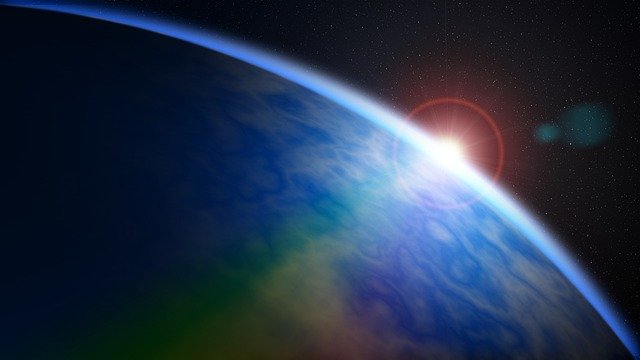In our solar system, everything belongs to the sun. While they might take years and years to complete one loop, every planet and moon, asteroid and comet, every bit of crushed ice and rock, is gravitationally bound to our star, fixtures of a perpetual cosmic carousel. But every once in a while, something else comes along that, based on careful measurements of orbital mechanics, is unmistakably untethered: an interstellar visitor. The object arrives from the realm between stars, and after a quick sojourn in our solar system, it goes back out to the unknowable depths.
Such enigmatic travelers are called interstellar objects, and they bring with them a glimpse of a part of the cosmos that we’ve never seen before. Each time one shows up it kicks off an observing spree, with astronomers mustering other telescopes, on the ground and in space, to scrutinize the visitor. The object appears as little more than a fuzzy speck of light, but astronomers try to uncover its true nature before it slips away, from fundamental properties (dimensions, chemical composition) to the wild possibilities (signs of alien technology).
Only three interstellar objects have ever been discovered, with the latest appearing just this month, from the direction of somewhere in the center of the Milky Way. 3I/ATLAS, as the object is known, is currently traveling just inside the orbit of Mars, captivating telescopes around the world. These are rare events—for now.
A new telescope, scheduled to begin full operations later this year, is expected to find many more such transient objects. The Vera C. Rubin Observatory, perched on a mountaintop in the Chilean desert, is designed to scan the sky night after night and capture faint glimmers in the darkness—including sunlight reflecting off a fast-moving celestial body. Its observations produce time-lapse views, allowing astronomers to track those objects and study their orbits for any oddities. Rubin didn’t discover 3I/ATLAS but happened to snap dozens of pictures of the object, before and after its interstellar nature became apparent. Those images are already helping astronomers form a clearer picture of the visitor.
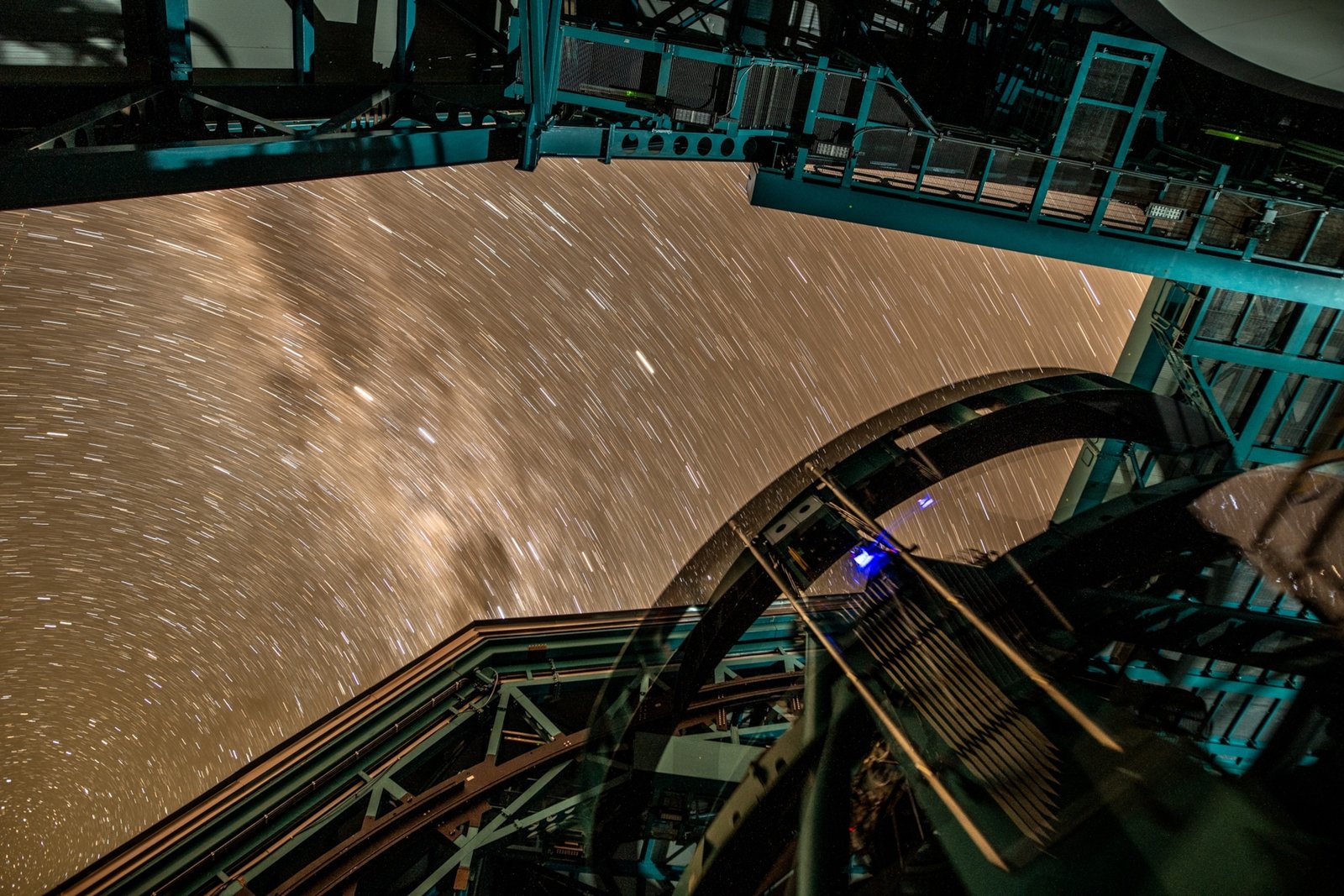
Rubin’s Simonyi Survey Telescope can detect very faint objects like interstellar visitors and track their paths, as they swoop through our solar system before heading back out to the space between stars.
Photograph by Tomás Munita, National Geographic
With Rubin, the field is in for a potentially explosive era of discovery; according to astronomers’ statistics-driven predictions and exhilarated personal bets, the observatory could spot somewhere between five and 100 interstellar objects in the next decade. “It’s like old-fashioned astronomy: Find the thing, point telescopes at it, argue about it,” Chris Lintott, an astrophysicist at Oxford, says. “It’s going to be fun.”
What we know about interstellar objects
An interstellar object, once anchored to a star of its own, can travel for millions and even billions of years before encountering the warmth of another. When the first known interstellar guest appeared in 2017, astronomers were stunned—not only because of the historic moment, but because ‘Oumuamua, as it was later named, didn’t match up with their working theories of the universe.
Scientists had long thought that interstellar objects must exist, thrown out from the cold edges of their home system as new planets swirled into shape, a distinctly turbulent time. ‘Oumuamua, though, wasn’t like anything astronomers had observed before: weirdly shaped, rocky like an asteroid but plowing forward like a comet, and yet lacking the signature tail of dust. (Ideas about alien origins abounded.)
The second recorded interstellar object to visit, Borisov in 2019, was more in line with expectations—an icy comet, though perhaps originating from a smaller, dimmer kind of star. While astronomers have already characterized 3I/ATLAS as a comet, it has its own quirks; the object is far larger than ‘Oumuamua and Borisov, and appears to be a few billion years older than our solar system.
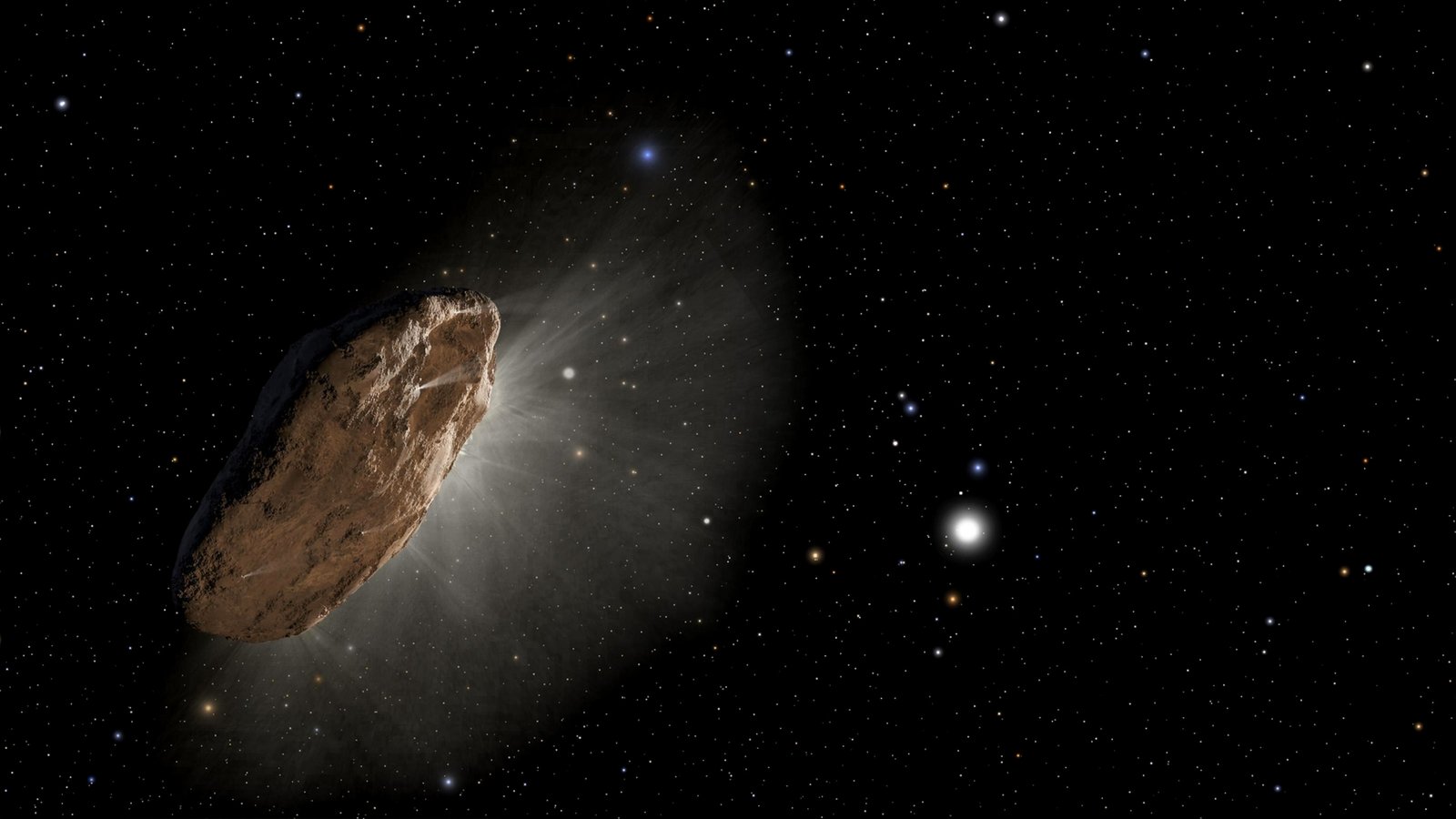
ʻOumuamua (illustrated above) means “a messenger from afar arriving first” in Hawaiian, and the first confirmed interstellar object to visit our solar system continues to puzzle astronomers today.
Illustration by NASA/ESA/STScI
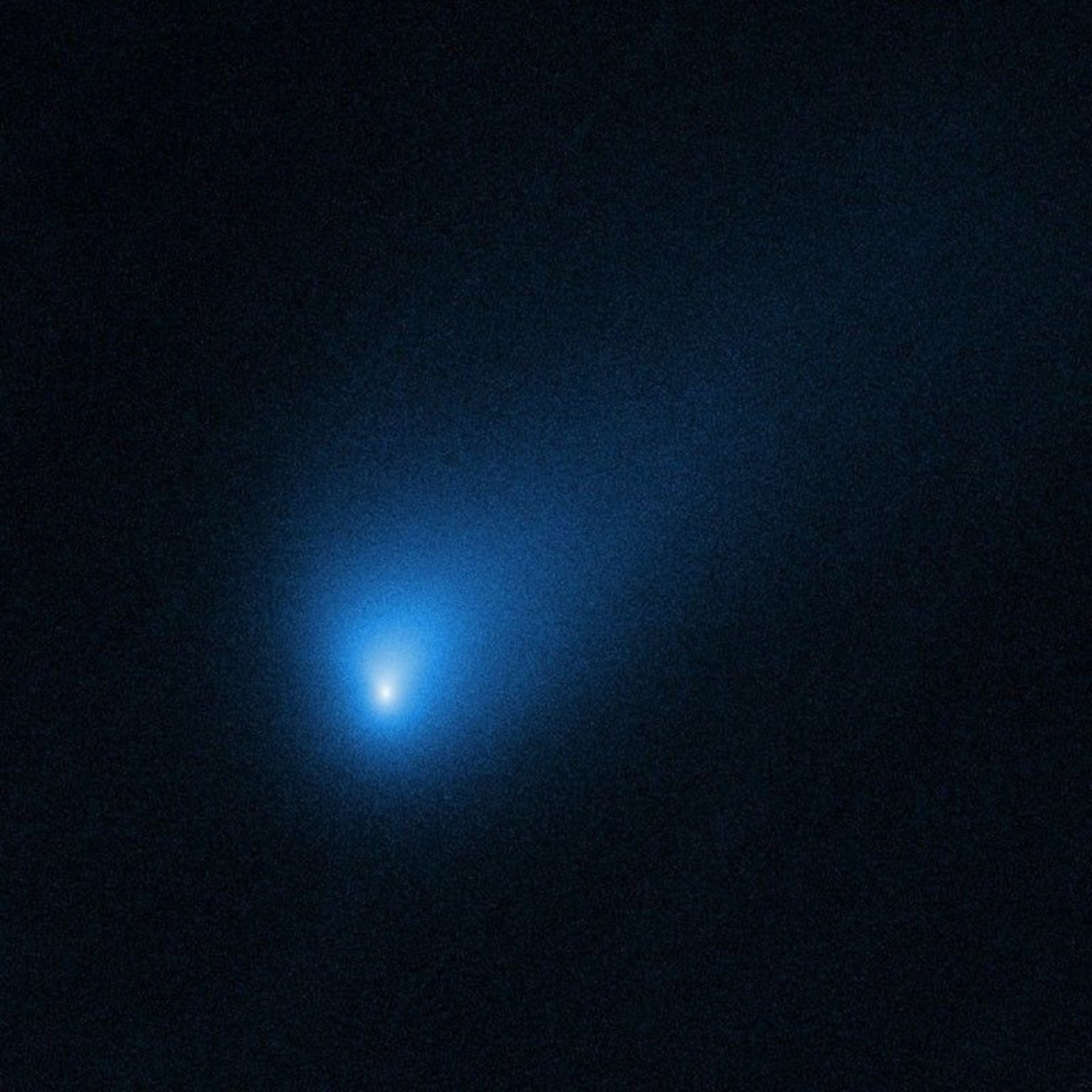
The Hubble Space Telescope snapped this image of our solar system’s second-known interstellar visitor, a comet named for its discoverer, amateur astronomer Gennady Borisov.
Photograph by NASA, ESA and D. Jewitt (UCLA)
An entire catalog of interstellar objects, however, can help reveal how cosmic forces shape planetary systems over time. Right now, “there’s a whole zoo of explanations for interstellar objects,” says Susanne Pfalzner, an astrophysicist at Forschungszentrum Jülich, a research institution in Germany. The space rocks could have been ejected because of the gravitational jostling of giant planets fresh from the cosmic oven. Most stars form in clusters, and the crowded environment could force objects from several budding planetary systems to fly off. Grown systems could lose celestial bits and pieces too; the icy bodies at the very ends of a planetary system are secured by the faintest hint of gravity, and could easily be whisked away by a passing star. And when a star exhausts its lifetime of fuel and begins to expand, the stellar winds unleashed in the dying act could expel many interstellar objects.
These wanderers are relics of countless histories, and Rubin’s future inventory could help astronomers determine which are most common, Pfalzner says. A flurry of Borisovs would indicate that the objects likely spring from the cold, dark outskirts of their systems. More ‘Oumuamuas would suggest that most interstellar objects originate in their inner star systems, where the heat of their star has stripped away most of the chemical compounds that would typically create a shimmery tail during an encounter with our sun.
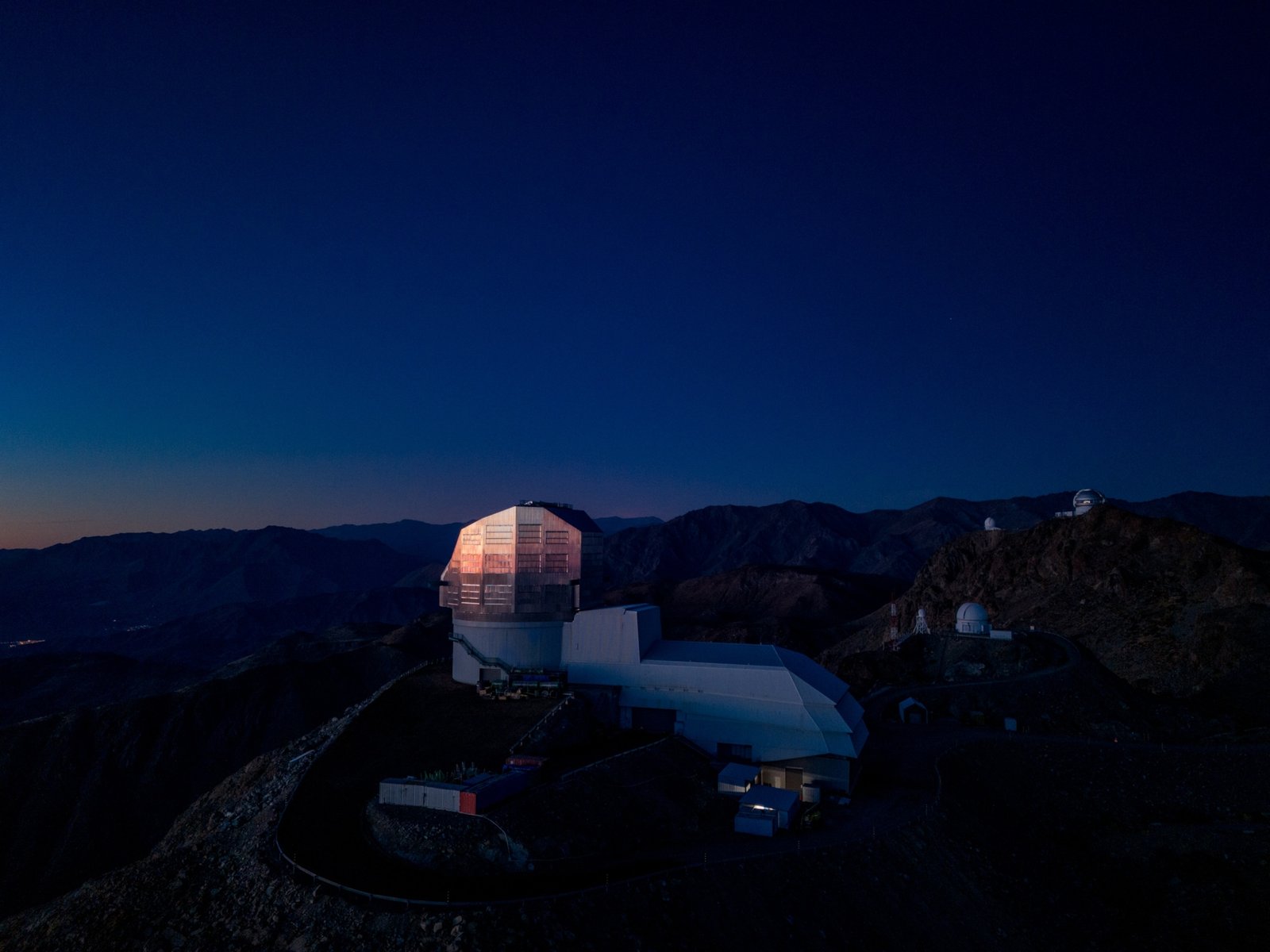
The Vera C. Rubin Observatory’s potential to help build a more extensive catalogue of interstellar visitors could help researchers answer big questions about the objects themselves and how planetary systems change over time.
Photograph by Tomás Munita, National Geographic
Alien spaceships or dark comets?
Rubin’s observations could also help settle the discussion over whether ‘Oumuamua was something other than a space rock, says Avi Loeb, a Harvard physicist. Loeb thinks that ‘Oumuamua is a broken piece of alien structure; our own solar system, he says, is full of space trash—rocket parts, a red Tesla—which are sometimes mistaken for asteroids by amateur astronomers. He and his collaborators suggest that 3I/ATLAS is a piece of alien tech, too.
Should Rubin turn up more objects that look and behave like ‘Oumuamua or 3I/ATLAS, they’re less likely to be the products of extraterrestrials, Loeb says. “At the very least, we will learn more about rocks that are thrown out of other stars,” he says. “ But we might also find an answer to the most romantic question in science: Are we alone?”
You May Also Like
It’s a spine-tingling thought, and certainly daydream fodder, even for the astronomers doing the work. The late astronomer Vera Rubin, for whom the new telescope is named, wrote in 2006 that when she examined the nearby galaxy M31 through a telescope, “often I wondered if an astronomer in M31 was observing us. Always I wished we could exchange views.”
(Vera Rubin was the GOAT of dark matter.)
Most of the astronomy community doesn’t share Loeb and his collaborators’ interpretation of ‘Oumuamua, or his latest claim about 3I/ATLAS.
“It’s strange, but it’s not so strange that we need to fall back on the aliens hypothesis,” says John Forbes, an astrophysicist at the University of Canterbury in New Zealand. ‘Oumuamua’s unusual acceleration, which can’t be explained by gravity’s influence, could be explained by comet-like properties.
‘Oumuamua may have released a tiny amount of gas as it thawed in the warmth of the sun enough to propel it along, but not necessarily to be observed by telescopes, says Darryl Seligman, an astrophysicist at Michigan State University. In the last few years, Seligman and his colleagues have reported the discovery of a dozen asteroids near Earth that vent gases just like comets do, but produce a tail that isn’t visible to us. They suggest that these asteroids belong to a new class of celestial bodies, which they call dark comets.
“This type of thing could be much more widespread that we haven’t noticed before and potentially haven’t even been looking for,” Seligman says—and visiting objects could exhibit this behavior, too.
Exploring our galactic wilderness
While some scientists focus on chasing after these objects as they hurtle through our solar system, others are eager to investigate their journeys through the galactic wilderness. While they aren’t bound to specific stars, interstellar travelers move around the Milky Way.
Forbes, in his research, posits that space rocks, once unmoored from their home system, start traveling in a long, thin current through the galaxy. Stars ejected from stellar clusters can form streams, and Forbes predicts that interstellar objects may do the same. These currents would expand over time, becoming more diffuse, because “the galaxy is messy, and there’s all sorts of things going on that perturb your nice, simple orbits,” Forbes says. He hopes that Rubin will spot multiple newcomers arriving from the same spot in the sky and traveling at matching velocities. “That’s a pretty strong indication that we’re sitting in a dense stream of interstellar objects,” he says. Our sun could be drifting through millions of such currents.
(What other mysteries could the new Vera C. Rubin Observatory solve?)
A menagerie of interstellar objects could help astronomers solve a particularly puzzling aspect of planet formation, including Earth’s own story. Planets form in much the same way that dust bunnies around the house do, with particles swirling and sticking together until they grow large enough to become worlds. Computer simulations have shown, however, that while it’s easy for cosmic forces to make the leap from dust-sized particles to boulder-sized objects, it is actually quite difficult for those boulders to then grow into something larger.
While the universe has obviously overcome this challenge—”we are living proof,” Pfalzner says—astronomers haven’t figured out how. Interstellar objects, she says, are just about the right size for this conundrum, ready to be glommed on and grown. If there’s a lot of interstellar objects floating around in the vicinity of a new system—perhaps drawn in by the gravity of the freshly ignited star at its center—the universe has all the raw materials it needs, removing any friction in the process. The interstellar objects whizzing through our skies may someday, help shape someone else’s solar system.
Rubin’s search for interstellar objects, whether it turns up only a few or dozens, provides a kind of knowledge that goes beyond pure empirical research. We can know, better than before, what kind of universe stretches out all around us, as if we’ve cracked open a giant secret and become privy to wonders we weren’t meant to witness. What lies beyond Earth isn’t nature in any sense that we might recognize, but it is a kind of wilderness nonetheless, shaped by many of the same forces that led to the familiar landscapes on this planet. Interstellar objects are a reminder that the cosmos is a shared place, and that we are just as much a part of it as those mysterious travelers, carving our own path through time and space.

